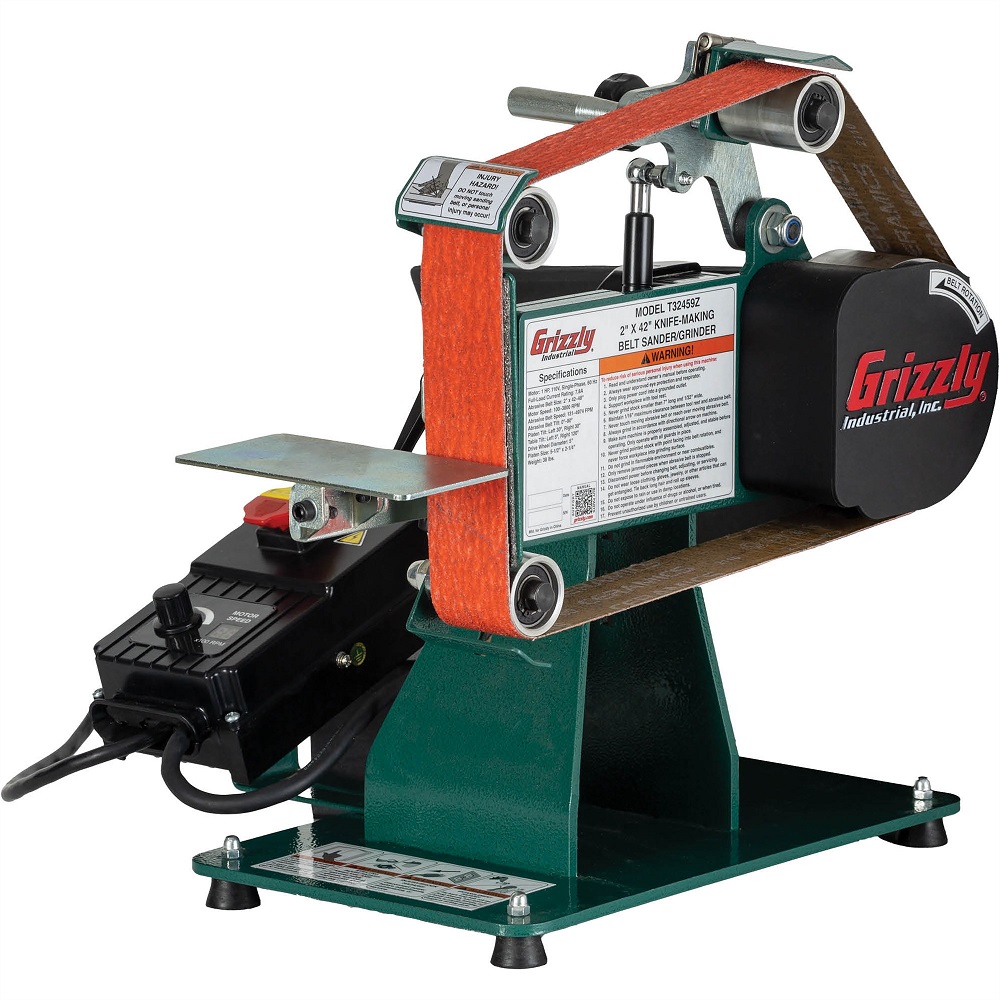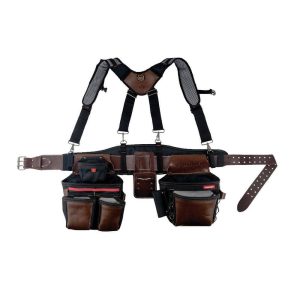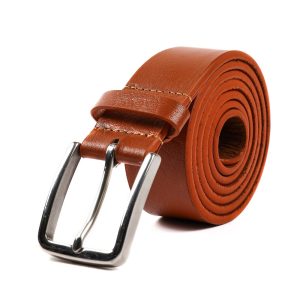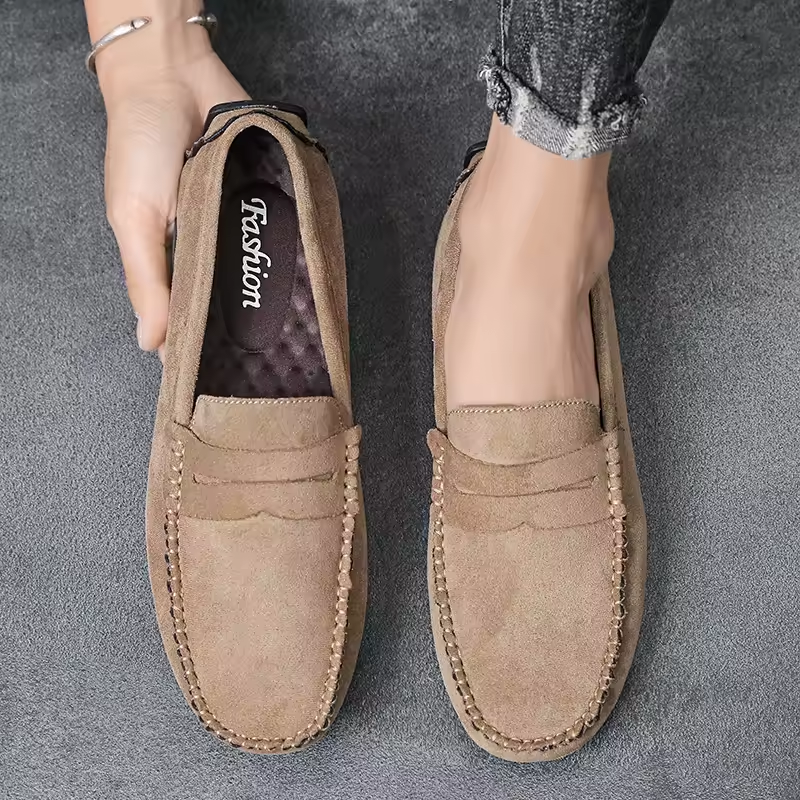Belt sanders are essential tools for both professional woodworkers and DIY enthusiasts alike. They are designed to remove material quickly and efficiently, making them ideal for various projects. From smoothing rough edges to shaping wood, a good belt sander can make a significant difference in the quality of your work. However, not all belt sanders are created equal. Understanding the key features of a belt sander can greatly influence your projects’ outcomes. This article explores the essential features that matter most when choosing a belt sander.
Understanding Belt Sander Basics
What is a Belt Sander?
A belt sander is a power tool that uses a continuous loop of sandpaper, known as a sanding belt, to shape, smooth, or finish a surface. These machines are highly versatile and can be used on various materials, including wood, metal, and plastic. The primary function of a belt sander is to remove material quickly and efficiently, making it ideal for larger surfaces or projects requiring heavy material removal.
Belt sanders come in different sizes and designs, including portable models and larger, stationary units. Portable belt sanders, also known as hand-held or handheld sanders, allow for easy maneuverability, making them popular for home improvement or hobbyist projects. Stationary belt sanders are typically used in workshops, providing a more stable platform for sanding tasks.
Applications of Belt Sanders
Belt sanders are used for numerous applications, including smoothing rough wood surfaces, leveling boards, and preparing surfaces for finishing. They are particularly effective for removing old paint or varnish from furniture. Additionally, belt sanders are useful in woodworking for shaping edges, performing bevels, or even tapering joints. The versatility of a belt sander makes it an indispensable tool in many workshops.
The efficiency of a belt sander not only saves time but also reduces physical effort on the part of the user. By investing in a quality belt sander, users can accomplish a wide range of projects more effectively than with hand sanding or using less efficient tools.

Motor Power and Speed
Importance of Motor Power
When considering a belt sander, the power of the motor is paramount. Belt sanders come with different power ratings, typically measured in amps or horsepower. A more powerful motor allows for faster belt speeds and more effective sanding performance, particularly when working on tougher materials or heavy stock removal.
Choosing a sander with sufficient motor power is critical, especially for professional use. A tool with too little power may overheat or stall during operation, leading to poor sanding results. Conversely, a more powerful sander ensures consistent performance, even on challenging jobs. Many professionals recommend choosing a sander with at least 8 amps for optimal performance.
Variable Speed Options
Another feature to consider is the speed control of a belt sander. Many modern belt sanders come equipped with variable speed settings. This feature allows users to adjust the speed of the sanding belt according to the specific task at hand. Lower speeds are suitable for delicate tasks, while higher speeds work well for heavy stock removal or rough surfaces.
Variable speed options enhance precision and versatility, enabling users to adapt the sander to different materials and applications. For instance, while working on softwoods, a slower speed might reduce the risk of tearing or damaging the surface. Meanwhile, harder woods may require a quicker speed for effective sanding. This adaptability makes variable speed control an essential feature for any belt sander.
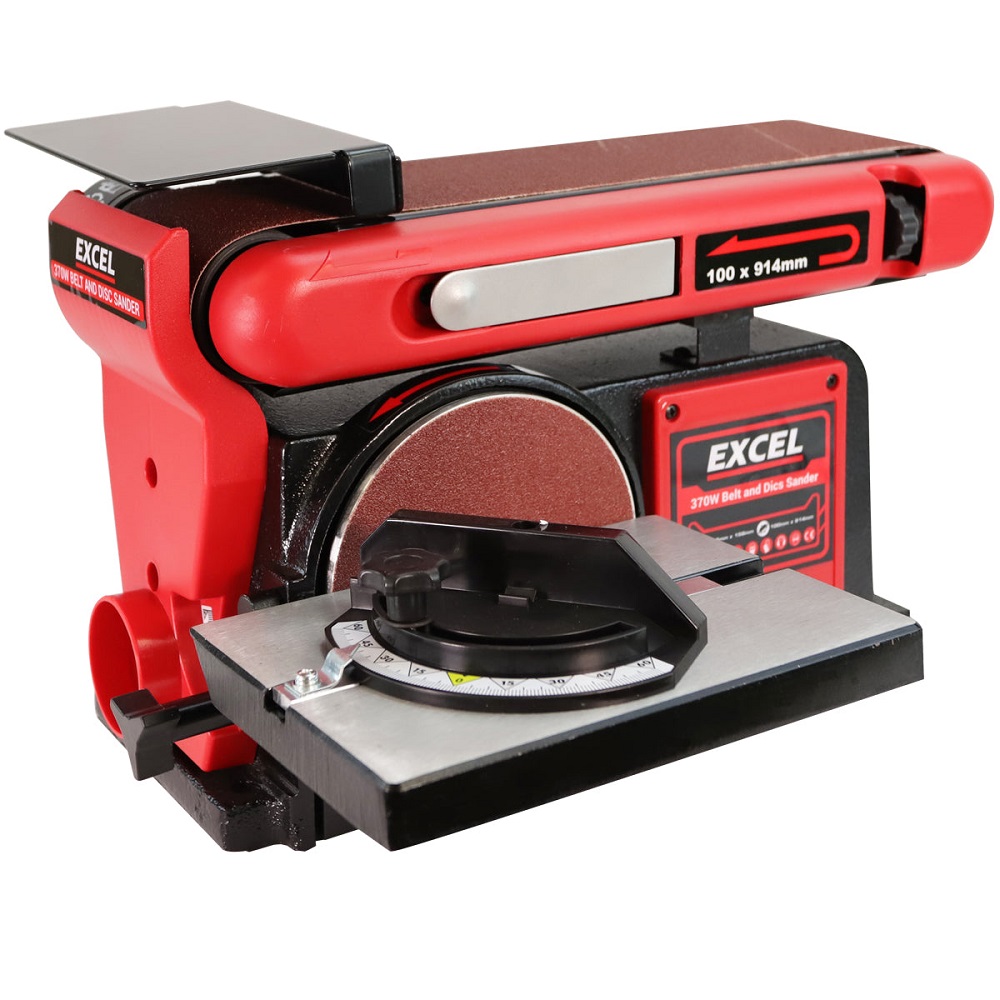
Belt Size and Change Mechanism
Common Belt Sizes
Belt sanders typically use sanding belts in standard sizes, with common dimensions including 1×30 inches, 2×42 inches, and 4×24 inches. The size of the sanding belt affects the sander’s capacity and functionality. Smaller belt sizes are ideal for precision work, while larger belts are more efficient for heavy material removal on sizeable flat surfaces.
When selecting a belt sander, consider the types of projects you plan to tackle. If you work on large surfaces regularly, a sander with a larger belt size will be beneficial. Conversely, if you need to navigate tighter spaces or work on intricate details, a smaller belt may be more suitable.
Easy Belt Changes
Another important feature of a belt sander is the ease of changing sanding belts. Depending on your projects, you may need to switch between different grits of sandpaper frequently. A sander with a quick-release mechanism makes it easy to change belts quickly, minimizing downtime and allowing you to focus on your work.
Look for a model that provides a straightforward tensioning system, as this helps maintain the belt’s surface during use. Ensuring that belt changes are quick and hassle-free can significantly improve productivity, especially when working on larger projects that require multiple sanding tasks.
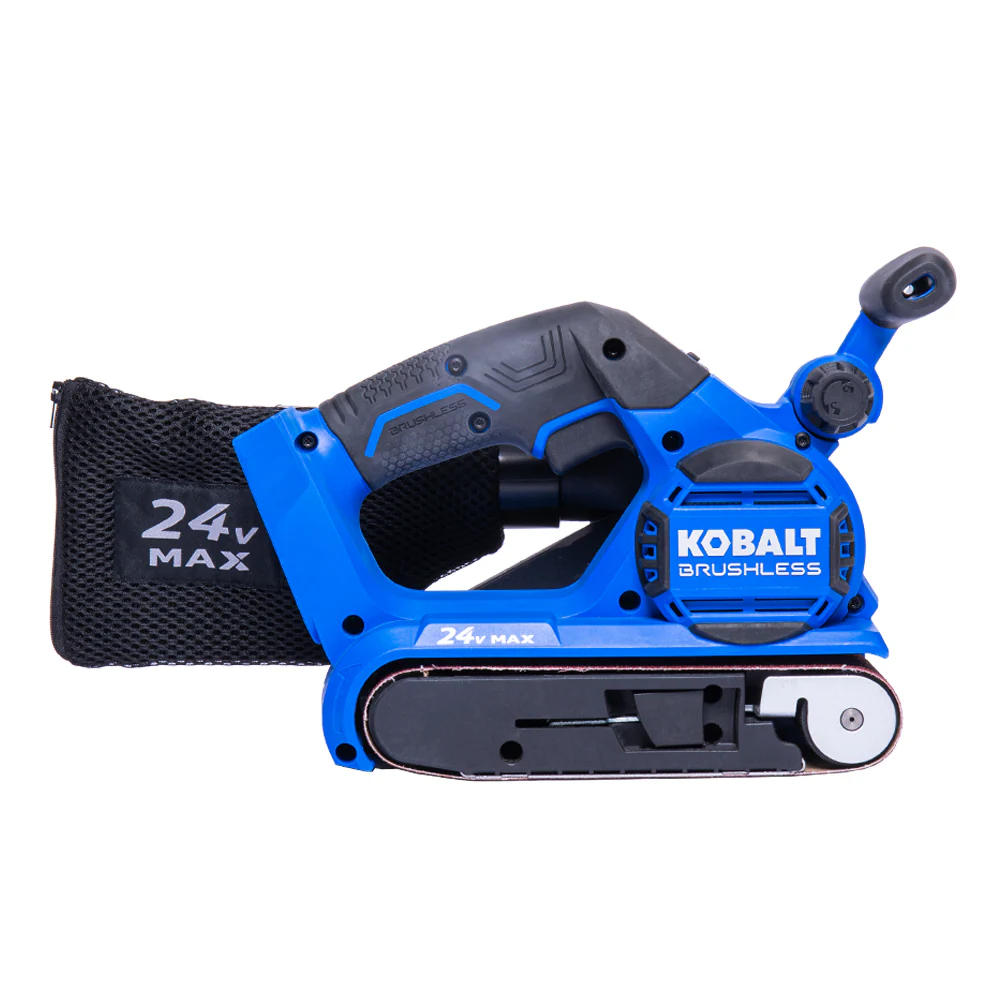
Dust Collection Mechanisms
Keeping Your Workspace Clean
Dust collection is a crucial factor when using any sander. Sanding produces a significant amount of dust and debris, which can be hazardous to your health and create a messy workspace. Effective dust collection systems help capture this dust, promoting a cleaner working environment.
Many belt sanders come with built-in dust collection ports or bags. These systems provide a simple solution for reducing airborne dust during sanding. When choosing a sander, look for models with efficient dust collection features to minimize mess and keep the air cleaner.
Compatibility with External Collection Systems
In addition to built-in dust collection, consider whether the sander is compatible with external dust collection systems. For professional users or those working on larger projects, connecting the sander to a shop vacuum system can provide superior dust management. This setup significantly reduces airborne particles, improving visibility and overall safety during sanding tasks.
Evaluating how well a belt sander integrates with dust collection systems is essential for maintaining a clean, safe workspace. Prioritizing dust collection technologies will lead to better health practices and ensure comfort while working.

Design and Ergonomics
User-Friendly Design
The design and ergonomics of a belt sander significantly impact the user experience. A well-designed sander should feel comfortable in your hands and allow for easy maneuverability. Consider the weight and shape of the sander when making your selection. A tool that is too heavy may cause fatigue during extended use, making it less appealing for larger projects.
Many modern belt sanders feature ergonomic handles that provide a secure grip, enhancing control while reducing the risk of slipping. Adjustable handles and rubber grips add to the overall comfort, improving handling during use.
Stability and Control
Stability is another essential aspect of a belt sander’s design. A stable base helps maintain control during sanding, allowing for smoother, more even results. Some models come equipped with adjustable feet or stabilizing features that enhance balance while sanding.
Control of the sander is crucial for achieving accurate results. Look for models that allow users to maintain a steady hand with minimal effort. A well-balanced and easy-to-handle sander not only enhances performance but also improves safety during operation.
Versatility Beyond Woodworking
Multi-Tasking Capabilities
While belt sanders are often associated with woodworking, their versatility allows for a range of applications. They can effectively be used for various tasks beyond wood, including metal finishing, plastic shaping, and removing paint or varnish from different surfaces. Understanding the potential uses for a belt sander can help you maximize your investment in the tool.
If you plan to use a sander primarily for woodworking, focus on features tailored to that application. However, if you need a tool that serves multiple purposes, ensure that the model you choose can handle various materials effectively. The more versatile a sander is, the more valuable it will be in your workshop.
Using Different Grits for Various Tasks
The ability to switch sanding belts with different grits is also important for versatility. Coarse grits are suitable for material removal and rough shaping, while finer grits allow for smooth finishing. Choosing a sander that accommodates a range of sanding belts ensures that you can adapt to the demands of any project that comes your way.
Understanding the application of different grits helps users achieve the desired finishes accurately and efficiently. Having a belt sander that allows easy switching between grits enhances project outcomes, making the sanding process smoother and more enjoyable.
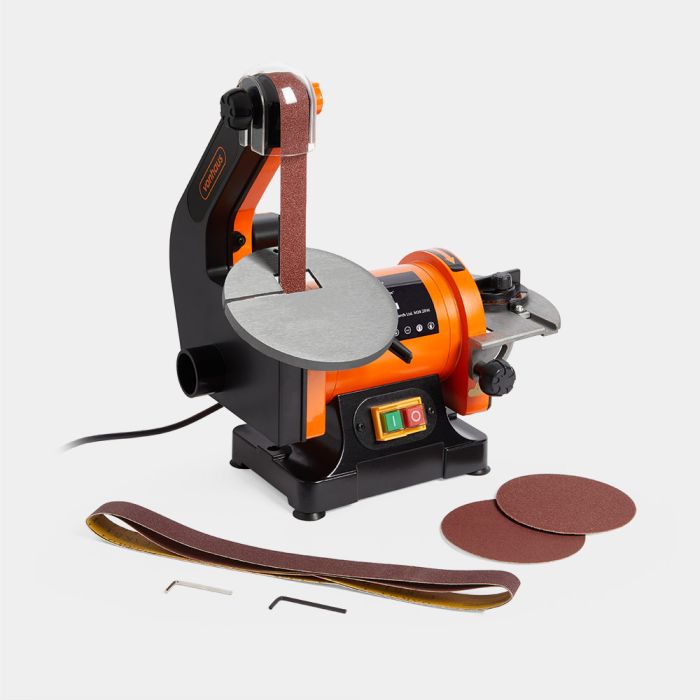
Budget Considerations
Finding the Right Sander for Your Budget
When purchasing a belt sander, it is vital to consider your budget. There is a wide range of models available at various price points. It’s essential to identify which features are most critical for your needs and find a balance between quality and affordability. While it may be tempting to choose a cheaper option, investing in a reliable, feature-rich model can lead to better performance and longevity.
Understand that higher-priced models tend to offer more power, better dust collection, and enhanced ergonomics. However, you can find good quality belt sanders at mid-range prices as well. It’s crucial to research and read reviews before making a purchase to ensure you select the right tool for your needs.
Long-Term Value
Consider the long-term value of the sander in relation to its cost. Tools that offer durability and versatility will serve you well over time and might save you money in the long run. Building a quality tool collection is an investment, and a well-made belt sander can enhance both personal and professional projects.
Think of your belt sander as a long-term partner in your woodworking or renovation journey. By prioritizing essential features and a quality build, you can ensure that your investment pays off with excellent results for years to come.
Enhancing Your Projects with a Belt Sander
Choosing the right belt sander can significantly influence the quality and efficiency of your projects. By understanding key features, such as motor power, design, and versatility, you can make informed decisions tailored to your specific needs. Selecting a sander that aligns with your budget while offering the necessary features will ensure that you achieve lasting results in your woodworking endeavors.
From smoothing surfaces to shaping materials, a well-chosen belt sander can enhance your craftsmanship and make various tasks more manageable. By embracing the right tool for your needs, you will not only improve your projects but also enjoy the process of creation more fully. Whether you are a seasoned professional or a weekend warrior, the benefits of investing in a quality belt sander are undeniable. By prioritizing these features, you will elevate your work, ensuring every project shines with quality and precision.
